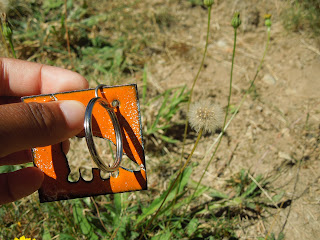rhizome- a horizontal underground plant stem capable of producing the shoot and root systems of a new plant. ginger are underground roots.
spore- a reproductive cell capable of developing into a new individual without fusion with another reproductive cells. mold spores on bread reproduce quickly.
krebs cycle- the krebs cycle is the oxidation of carbohydrates by animal tissue but also serves for the oxidation of fats and is present in nearly all aerobic cells provides energy required for organism to function.
gymnosperm leaf- in gymnosperm conifers the leafs are a single unit. leaves are small and needle like.
seed dispersal- plants need to disperse their seeds away from themselves to stp overcrowding and create new colonies. dandelions use wind dispersal.
hermaphrodite-the condition of having both male and female reproductive organs. hermaphrodite animals are usually parasitic, slow movers or permantly attached to another animal or plant. slugs are usually hermaphrodites.
radial symmetry- radial symmetry is the regular arrangement of parts around a central axis. meaning if you cut it anywhere the cut would provide two equal halves.
vestigial structures- functionless structures that were functioning in ancestral species. goosebumps in humans have little use as there is not enough hair to sustain warmth.
xylem- a compound tissue in vascular plants that helps provide support and conduct water and nutrients upward from the roots.
heterotroph-an organism that cannot synthesize its own food and is dependent on complex organic substances for nutrition.










"gymnosperm leaf- in gymnosperm conifers the leafs are a single unit. leaves are small and needle like."
ReplyDeleteWhat function of the needle like leaves have rather than normal flat leaves?
"gymnosperm leaf- in gymnosperm conifers the leafs are a single unit. leaves are small and needle like."
ReplyDeleteWhat are gymnosperms? Are most gymnosperm conifers characterized by having needle like leaves?
Rhizome, why do they grow horizontally? is this just how they groww or does it give them some sort of advantage?
ReplyDelete